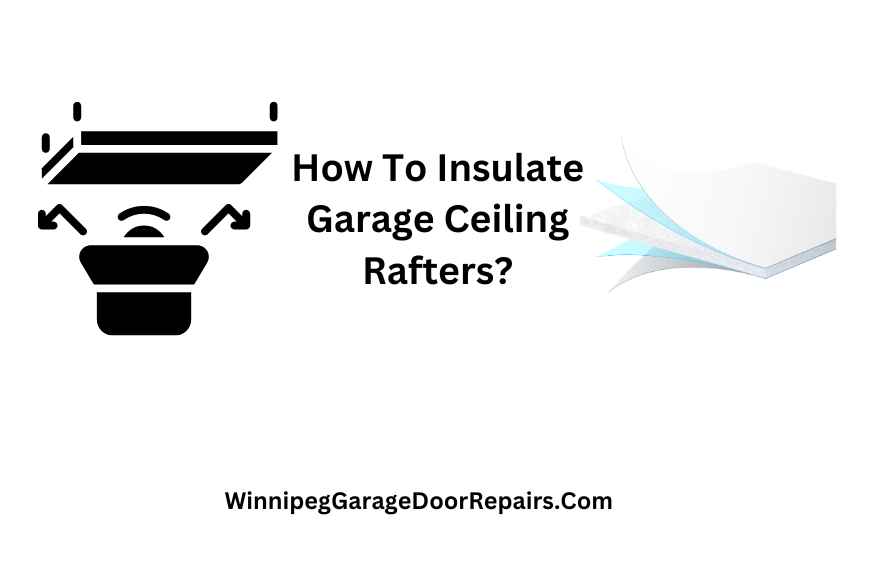Have you ever walked into your garage and felt like you were stepping into a different climate zone? Whether it’s turning into a freezer in the winter or a sauna in the summer, an improperly insulated garage can be uncomfortable and inefficient.
Adding insulation to your garage ceiling rafters is a practical solution to improve temperature control and reduce energy costs. This comprehensive guide will walk you through each step of the process, from selecting the right materials for garage ceiling rafters insulation to installation. Let’s embark on this project together and transform your garage into a more comfortable space.
Materials Needed for Insulate Garage Ceiling Rafters
To start, you’ll need a few key materials:
- Insulation (fiberglass or foam board)
- Rafter vents
- Staple gun and staples
- Utility knife
- Protective gear (gloves, mask, goggles)
Choosing the right type of insulation is crucial. Fiberglass batts are common and affordable, while foam boards offer higher R-values.
Step 1. Check For Damage
The first step is crucial—inspect your garage ceiling for any signs of damage, leaks, or mold. Addressing these issues beforehand is vital to prevent compromising your new insulation. Repair any damage to ensure a clean, dry surface for installation.
Step 2. Prepare The Area
Clear the garage ceiling area of any stored items or debris, creating a safe and organized workspace for your insulation project. This step is crucial not just for cleanliness but also for safety reasons, as it minimizes tripping hazards and ensures a smooth installation process.
Don your protective gear, including gloves, goggles, and a mask, to shield yourself from insulation fibers and dust. Investing in the best garage door insulations is also essential to enhance energy efficiency and maintain a comfortable indoor environment.
Step 3. Install Rafter Vents
Proper ventilation is key to preventing moisture issues and ensuring the longevity of your insulation. Install rafter vents at the point where the rafters meet the attic floor. These vents will allow air to flow freely from the soffit vents outside into the attic, maintaining a dry and efficient environment. Secure the vents with a staple gun, ensuring they are firmly in place.
Step 4. Prepare Insulation
With your workspace and ventilation in place, it’s time to prepare your insulation material. Measure the distance between the rafters to cut your insulation accurately. If using fiberglass batts, you may need to split them to fit snugly between the rafters without compressing the material, as compression can reduce its insulating effectiveness. For foam boards, measure and cut the boards to size, ready for installation.
Step 5. Install The Insulation
To properly insulate a garage door, begin installing the insulation from one end of the garage to the other. For fiberglass batts, place the material between the rafters with the fluffy side facing down. Make sure it fits snugly but is not compressed, allowing for effective insulation. Use a staple gun to secure the batts to the rafters firmly.
Alternatively, if you’re using foam boards, cut them to fit between the rafters and secure them using adhesive or screws. It’s crucial to ensure that there are no gaps between the boards and the rafters to maximize insulation efficiency and maintain consistent temperature control within the garage.
Conclusion
Insulating your garage ceiling rafters is a rewarding project that can significantly improve the comfort and energy efficiency of your garage. While it requires some preparation and effort, the benefits of a well-insulated garage—reduced energy bills, a more comfortable workspace, and potentially increased home value—are well worth it. Remember, the success of your insulation project lies in careful planning, proper material selection, and meticulous installation. By following these detailed steps, you’re well on your way to enjoying a more temperate and efficient garage space.







